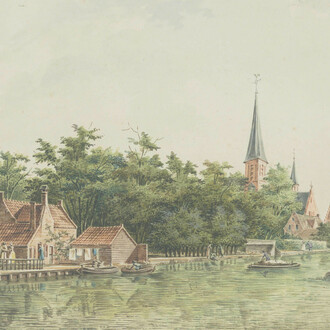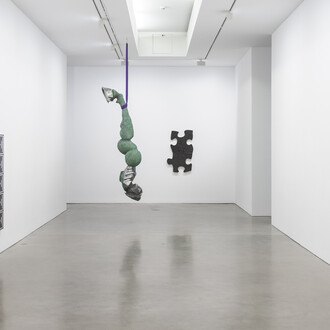The Museum of Islamic Art is situated in the south wing of the Pergamonmuseum. Its permanent exhibition is dedicated to the art of Islamic peoples from the eighth to the nineteenth century. The works of art originate from the vast area stretching from Spain to India. The collection's main focus is on the Middle East including Egypt and Iran.
The broad spectrum of the collection includes architectural decorations, applied arts and crafts, jewelry, and rare illuminated and calligraphed manuscripts. The architectural decorations represent one of the major attractions, conveying also typical concepts of space and environments in various media: stone (the façade from Mshatta), stuccoes (archaeological finds from Samarra), painted wooden panelling (Aleppo Room) and wall ceramics in various techniques (prayer niches from Kashan and Konya).
The applied arts include works in all possible materials: ceramic vessels, metalwork, carvings in wood and bone, glasses, textiles, carpets. Within the area of books and ancient writings, the calligraphic works and miniatures from albums of Mogul times are of particular significance.
















